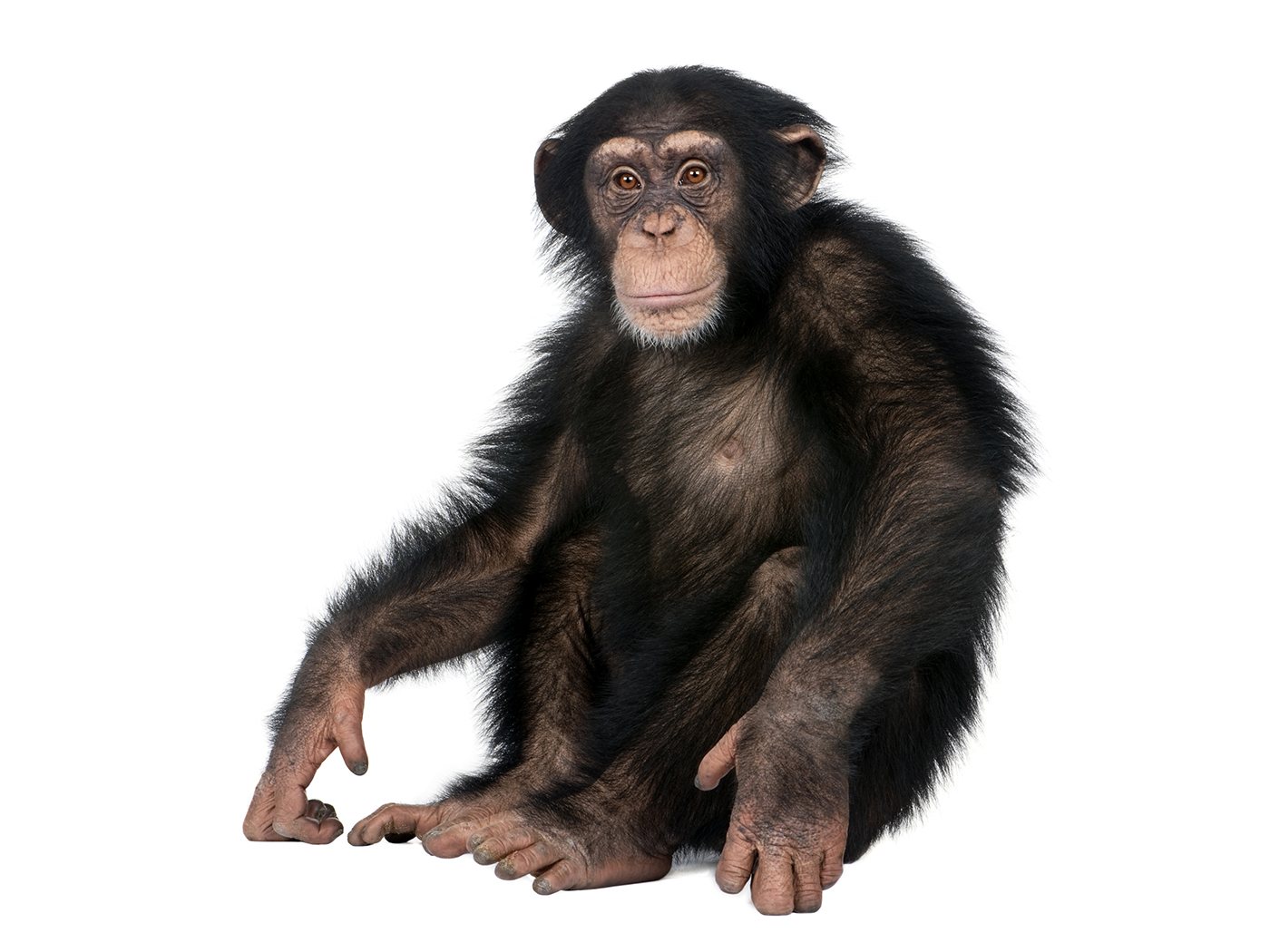The creation model continues to take shape as contributions from various scientific fields are analyzed from a more rewarding non-Darwinian perspective.
Creation scientists suggest the pathogenic bacteria and parasites of today were in fact beneficial or at least neutral in the pre-fallen world. Consider the sometimes harmful, but otherwise beneficial bacteria in our large intestine known as E. coli. This complex organism (see Back to Genesis No. 146) helps to produce vitamins and even prevent disease. There is also a thread-like worm called Strongyloides stercoralis that has both a free-living stage and parasitic stage. In other words, the worm does fine in the environment removed from man, but it can also infect people with devastating results. It is suggested that parasite infection and disease-causing bacteria were the result of the Fall and universal curse.
The bacterium Vibrio cholera causes the human intestinal disease cholera. The infection is deadly because of the toxin the bacteria secretes. What if -- prior to the Fall -- this toxin had an alternative function? A very similar toxin is produced by V. fischeri, a curious light-emitting symbiotic bacterium found in the Hawaiian bobtail squid.1 The creature uses the luminescent properties of the bacteria to evade predators in the clear water where it feeds. Although the squid are good hunters, they make a tasty snack for large, nocturnal predators. Seen from below, the dark squid would ordinarily be framed against the moonlight, making an easy target. But the bottom (ventral) side of the squid contains a light organ containing V. fischeri surrounded by an ink sac that operates much like a camera's diaphragm. Light from the bacteria plus a reflector, is radiated downward in a way that counters the moonlight, putting the squid in a "stealth mode." When the bacteria get hungry, they secrete the cholera-like toxin that doesn't sicken the squid but rather informs it -- they need food, which the squid then provides. Indeed, one evolutionist suggested, "Maybe when we've been studying cholera pathogenesis we've been studying an aspect of a normal conversation that's gone wrong."2 Creation scientists would suggest this may be a result of the curse.
This brings us to a creation theory proposed by biologist Joe Francis. He views the world of viruses and microbes from a creation perspective. "Microbes were created as an organosubstrate; a link between macro-organisms and a chemically rich but inert physical environment, to provide a substrate upon which multicellular creatures can thrive and persist. . . ."3 Indeed, many bacterial cells communicate and function as a symbiotic community,4 and a growing number of these relationships are constantly being discovered. Pathogenesis may thus be a divergence from the original creation intent. The V. fischeri and V. cholera microbes are examples.
- http://whyfiles.org/022critters/light2.h
tml - Ibid.
- Francis, J. "Organosubstrate of Life," The Fifth International Conference










